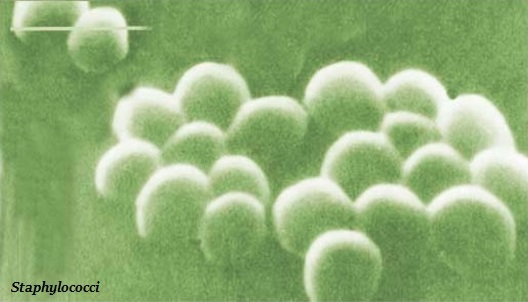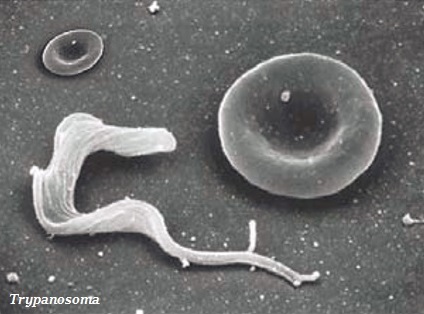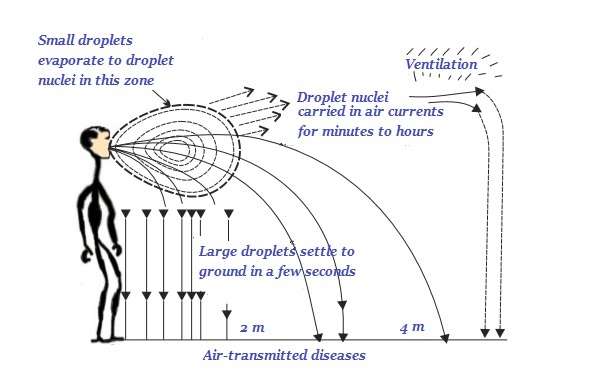
- Biology - Home
- Biology - Structure and Functions
- The Fundamental Unit of Life
- Biology - Tissues
- Biology - Animal Tissue
- Diversity in Living Organisms
- Biology - Plantae Kingdom
- Biology - Animalia Kingdom
- Biology - Vertebrata
- Biology - Transportation in Humans
- Biology - Transportation in Plants
- Biology - Excretion
- Biology - Control and Coordination
- Biology - Hormones in Animal
- How do Organisms Reproduce?
- Biology - Sexual Reproduction
- Biology - Reproduction in Animals
- Reaching the Age of Adolescence
- Biology - Heredity and Evolution
- Biology - Life Processes
- Biology - Respiration
- Microorganisms: Friend and Foe
- Biology - Why do We Fall Ill
- Biology - Natural Resources
- Biology - Our Environment
- Conservation of Plants and Animals
Biology - Why do We Fall Ill
Introduction
Health means a state of mental, physical, and social well-being.
The health of an organism largely depends on his/her surroundings or the environment.

Major causes of poor health are - the garbage, which is thrown in an open area nearby residence or streets, or/and the open drain water lying stagnant around the residence area.
The public cleanliness is the key of good health.
Some diseases, last only for a short period of time, are known as acute diseases. E.g. cold, fever, etc.
The diseases that last for a long period of time, even as much as a lifetime, are known as chronic diseases. E.g. asthma, osteoporosis, etc.
Chronic diseases, normally, have very severe long-term effects on peoples health as compared to the acute diseases.
Infectious Diseases
When microbes are the immediate causes of a disease, it is known as infectious diseases.
Some of the major agents of infectious diseases are viruses, bacteria, fungi, and some single-celled animals (protozoans).
Some diseases are caused by the multicellular organisms; such as worms.
Kala-azar or black fever is caused by a protozoan parasite of genus Leishmania (shown in the image given below).

Acne is caused by staphylococci bacteria (shown in the image given below).

Sleeping sickness is caused by protozoan organism namely Trypanosoma (shown in the image given below).

Means of Spread
Most of the microbial agents can commonly move from an affected person to other in number of ways.
The microbial agents are communicated, therefore, also known as communicable diseases.
Airborne Diseases
Some of the microbes can spread through the air; example of such airborne diseases are common cold, pneumonia, and tuberculosis.

Waterborne Diseases
Some diseases can also be spread through water, known as waterborne diseases. E.g. cholera etc.
Vector-borne Infections
Some diseases are transmitted by different animals including human beings; in fact, these animals carry the infecting agents. Therefore, such animals are intermediaries and known as vectors.
Mosquitoes are the most common vectors.
Prevention
Infectious diseases can be prevented by means of public health hygiene measures.
Infectious diseases can be prevented through proper immunization (in advance).